Olympus SP-570 UZ Review
Olympus SP-570 UZ
Olympus hits the superzoom market with an unprecedented 20x optical zoom and manual zoom ring control.
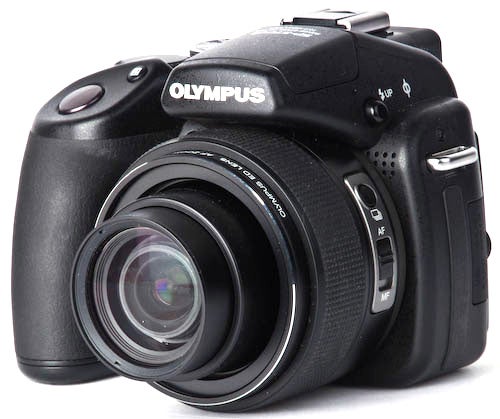
Verdict
Key Specifications
- Review Price: £241.98
Billed as the world’s longest zoom, the Olympus SP-570 UZ is a model bound to catch the eye. The 10.1 million pixel model boasts an impressive 35mm equivalent zoom range of 26-520mm, or 20x, beating the 18x range of recently reviewed models from the likes of Nikon and Sony.
The camera continues the Superzoom tradition of offering an alternative to DSLRs with it’s inclusion of manual controls, including Aperture and Shutter Priority AE modes and full manual mode. There’s also Program AE and full auto as well as an extensive of 23 scene modes. A Guide mode has been added, which lists a set of photographic effects, such as ‘Blurring Background’ for example, and then adjusting the relevant settings to achieve that effect. It’s essentially scene modes by an alternative approach. The scene modes menu, incidentally, is illustrated with photographic examples of the type of subject, eg fireworks, or beach.
A long lens requires image stabilisation, and the 570 has dual IS using a combination of high ISO and sensor shift to counteract the effects of both camera shake and subject based movement. Speaking of high ISO, the camera covers a range from IS O 64 to 6400, with the option of auto selection and user selected noise reduction (on or off).
Despite the long lens Olympus has managed to provide a maximum aperture of f/2.8-4.5, and the camera offers shutter speeds covering 15sec to 1/2000sec and up to 8 minutes in Bulb mode. Super macro mode meanwhile allows close up shooting down to 1cm.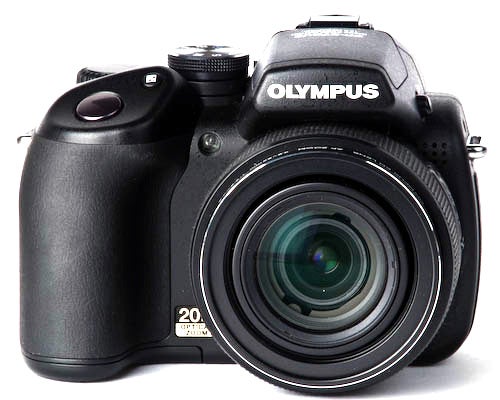
Amongst its other attributes the camera offers Face recognition AF, alongside Olympus’ iESP autofocus, spot and wide focusing and selectable area AF covering 143 AF points. The camera also comes equipped with continuous AF, predictive AF and manual focus.
Similarly the metering comes via Olympus ESP multi zone evaluative system, along with centre weighted and spot metering. There’s also a shadow adjustment feature which levels out the contrast to bring out shadow detail at the point of capture (unlike Nikon’s D-Lighting for example, which is applied after capture). Exposure compensation and bracketing is also available.
For sports fans Olympus offers shooting at up to 13.5 frames per second, and there’s also a pair of shoot and select modes for shooting fast subjects and only saving the best of the bunch.
On the digital front the camera offers two colour modes, Normal and Vivid, with the option to change the usual parameters of sharpening, contrast and saturation. You can also adjust the white balance via a common set of presets or manually. 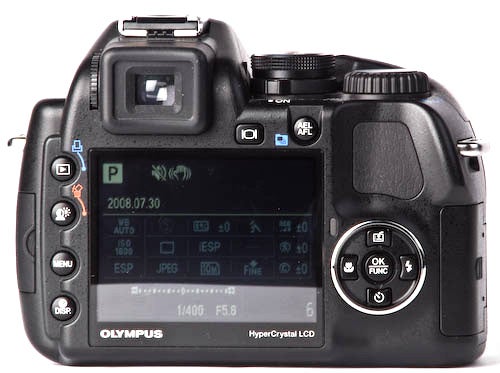
I can hear shouts of joy from the enthusiast camp now. Yes the SP-570 does offer Raw shooting, as well as Raw+JPEG and JPEG only. Raw images are supplied as Olympus ORF format and the Olympus Master 2 software offers conversion, or you could use a third party converter. In-camera image processing comes courtesy of Olympus True Pic Turbo III processor. Olympus has also added a host of post-processing options including Raw editing, black and white conversions and colour corrections, as well as novelty effects such as adding calendars, frames and so on.
Using the SP-570 UZ is a typical Olympus experience, with similarities to the DSLR range. Notably the 2.7in LCD offers quick access to a host of functions, such as metering, AF, colour modes and many more. Personally I like the system and having used millions of Olympus cameras find it intuitive, however I have spent time with readers using a similar system and they couldn’t get to grips with it. Make of that what you will, but I think it’s different but effective.
The other menus system is a little more conventional and well laid out, while the clear descriptions in the scene and Guide menus are easy to follow.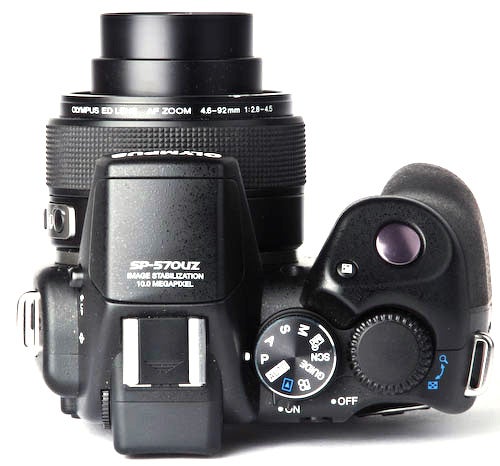
The Electronic Viewfinder is perfectly acceptable, as EVFs go though, as always, I hate having to switch between EVF and monitor during operation. You can, of course, view menus in the EVF, but this is fiddly too. Ultimately, it’s the way all these systems work and until someone comes up with a better idea, we have to put up with, but don’t have to like it.
A nice thing about the camera is the zoom control, which uses a good old-fashioned zoom ring on the lens, allowing precise stepping of the focal range. This is a refreshing alternative to zoom buttons and makes the user experience far more DSLR like, as does the top plate command dial for changing exposure settings. This also doubles as the function settings dial and to zoom in and out on image previews.
This DSLR-like quality is enhanced by the comfortable grip (which, incidentally, houses 4xAA batteries) and the hotshoe, which accepts Olympus external flash units. It also has wireless flash capabilities, making the camera stand out amongst its competitors. 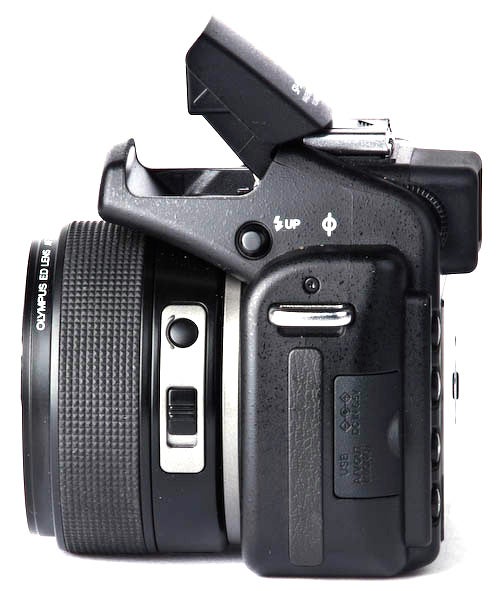
The camera buttons are generally well positioned, and easy enough to operate, though the power switch is a little cramped and could be improved, but that’s a minor flaw. More importantly it took me a long while to work out how to focus manually – the quick guide has no clues and the full manual is a PDF on disc. This is a pet peeve, I don’t want to carry a laptop with me to check camera instructions. 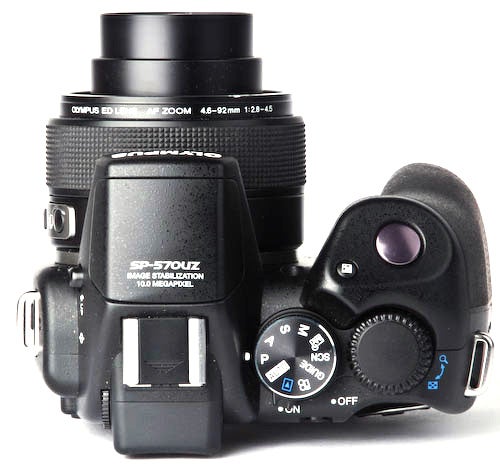
Olympus is really hitting its optical limits with the SP-570 UZ. The lens struggles to perform well and there are countless instances of chromatic aberration, or purple fringing, throughout the pictures. Similarly the AF and image stabilisation struggled at the far reaches of the telephoto end and I had several out of focus/ blurred shots. Considering the quality of other similar lenses on recent models this was a disappointment. Colour is pretty good on the whole, though in natural mode a little muted – vivid mode provides more saturation and punch. This isn’t helped by the camera’s tendency to slightly over expose, leading to several wishy-washy images. 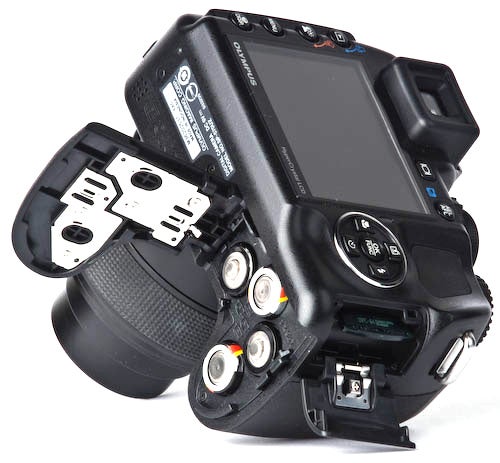
Noise is very well controlled up to ISO 200, from ISO 400 it becomes visible and goes downhill from there. The noise reduction can help in the mid range of the sensitivity but becomes too soft for higher ISO settings. Incidentally the top two settings of ISO 3200 and 6400 record at 5MP.
”’Verdict”’
The Olympus SP-570 UZ is a pleasant camera to use, with some nice handling features such as a decent EVF, good zoom ring and plenty of control. It’s Raw capabilities are interesting, but it lacks the finesse of some competitors, particularly when it comes to the images, Apart from exposure, which is easily remedied, the fringing from the lens is appalling, while the noise is average. You may be buying the longest super-zoom available but it’s hardly the best.
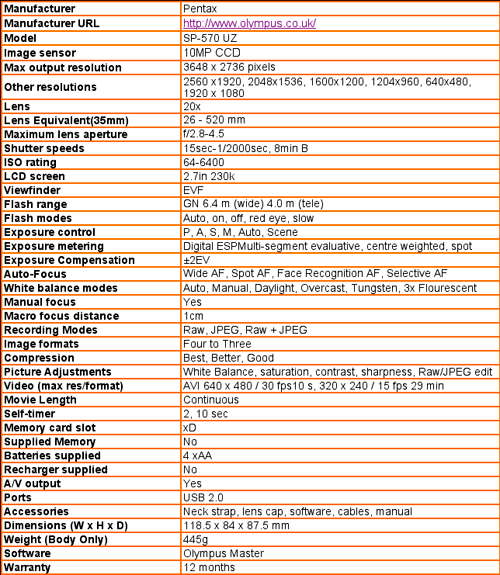
”A range of test shots are shown over the next few pages. Here, the full size images at the minimum and maximum ISO settings have been reduced for bandwidth purposes to let you see the full image, and a series of crops taken from original full resolution images at a range of ISO settings have been included in order for you to gain an appreciation of the overall quality.”
—-
This is the full image taken at ISO 64.
—-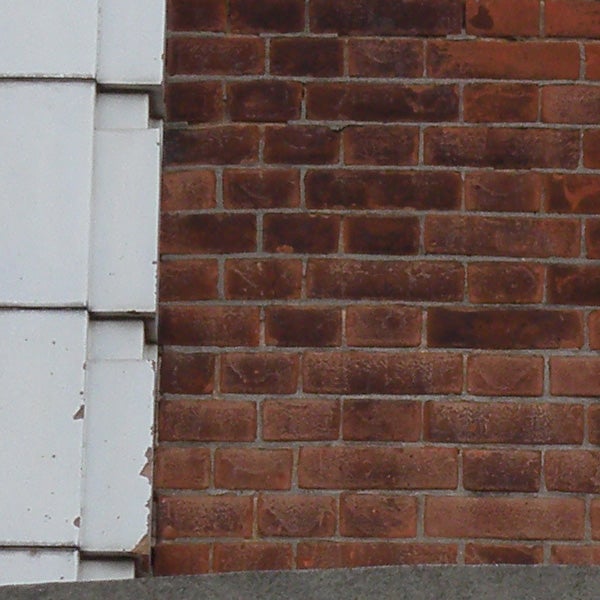
At ISO 64 there is no visible noise.
—-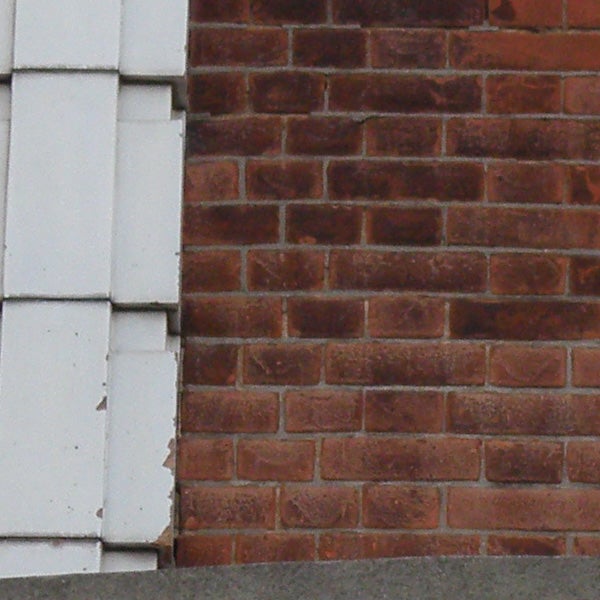
ISO 100 still shows good noise control.
—-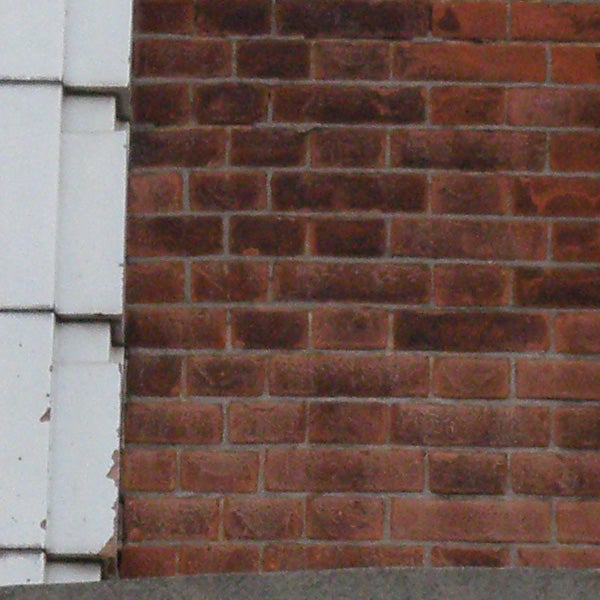
There’s a little noise at ISO 200, but not enough to be noticeable on a print.
—-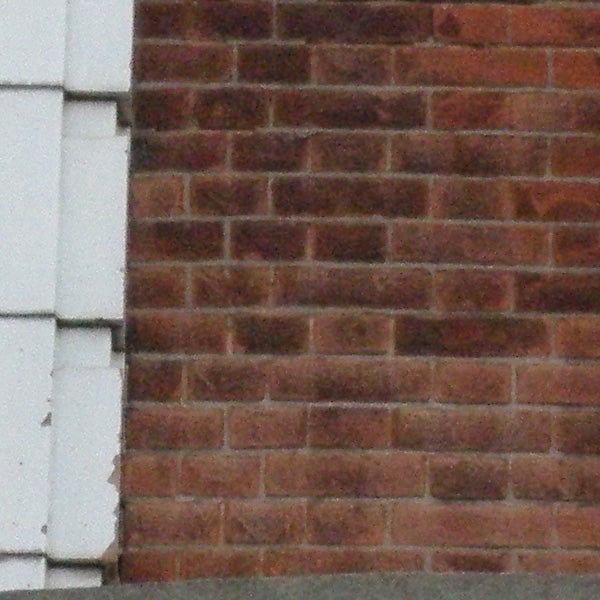
Chroma noise is just visible at ISO 400, start using the Noise Reduction here.
—-
Noise is more obvious at ISO 800.
—-
Luminance noise is the main culprit at ISO 1600.
—-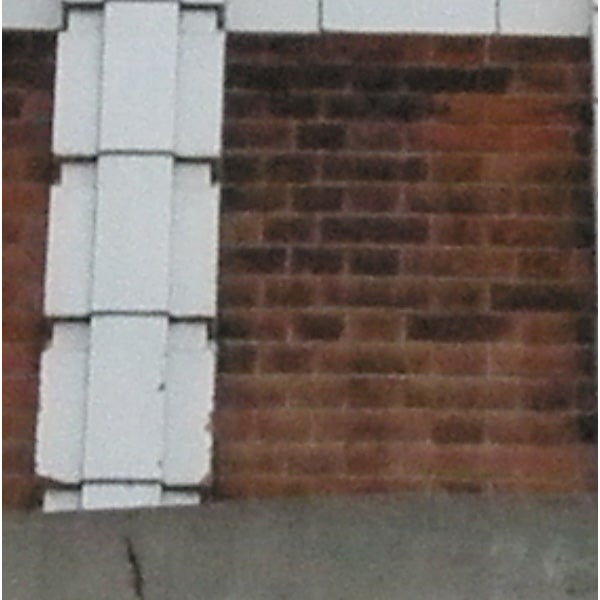
ISO 3200 is good to have at reduced resolution, but noise is obvious.
—-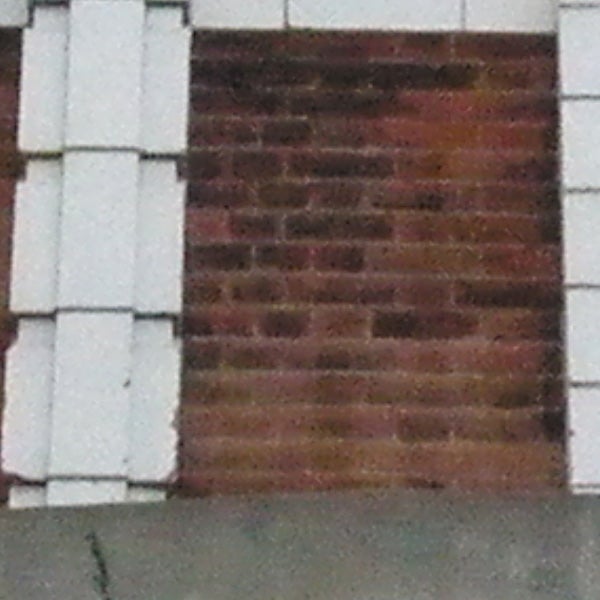
ISO 6400 is just horrible, and NR doesn’t help much.
—-
This is the full frame image at ISO 6400.
—-
”A range of general test shots are shown over the next two pages. In some cases, the full size image has been reduced for bandwidth purposes, and a crop taken from the original full resolution image has been placed below it to show the overall image quality. ”
—-
The wide angle end of the lens shows pretty obvious barrel distortion.
—-
This is the widest setting, notice the curvature of the horizon (and the over exposure).
—-
This is at the longest setting of 520mm. It’s difficult to get sharp hand-held images at this length.
—-
Another image at 520mm
—-
This 100% crop of the above image shows the chromatic aberration.
—-
”Here are some general test shots to help evaluate the camera’s overall image quality”
—-
Colours are generally good and remain neutral when the exposure is right.
—-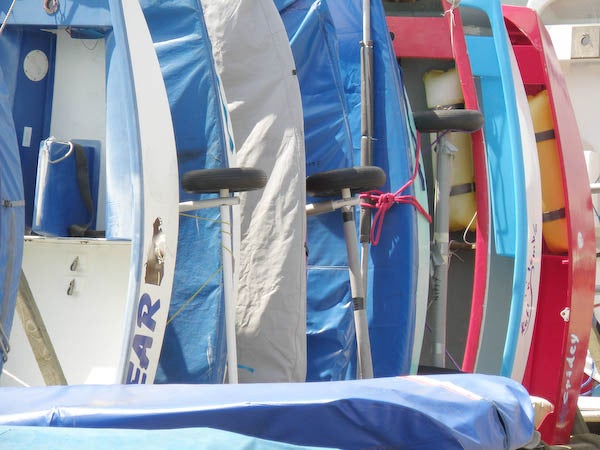
The light meter has produced a decent exposure despite the bright highlights.
—-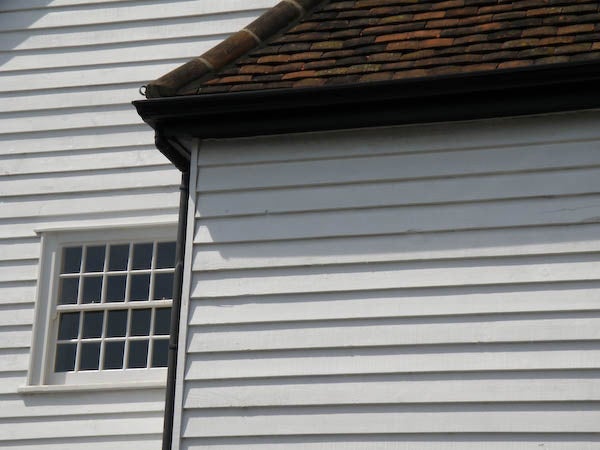
In ESP mode the white weather boards fooled the meter a little. It could have done with another half stop, but not bad for a tricky subject.
—-
White balance performs well.
—-
Spot metering was needed to save the highlights here.
—-
A good example of the camera getting it right.
—-
Trusted Score
Score in detail
-
Value 7
-
Image Quality 6
-
Build Quality 9
Features
| Camera type | Super Zoom |
| Megapixels (Megapixel) | 10.1 Megapixel |
| Optical Zoom (Times) | 20x |

